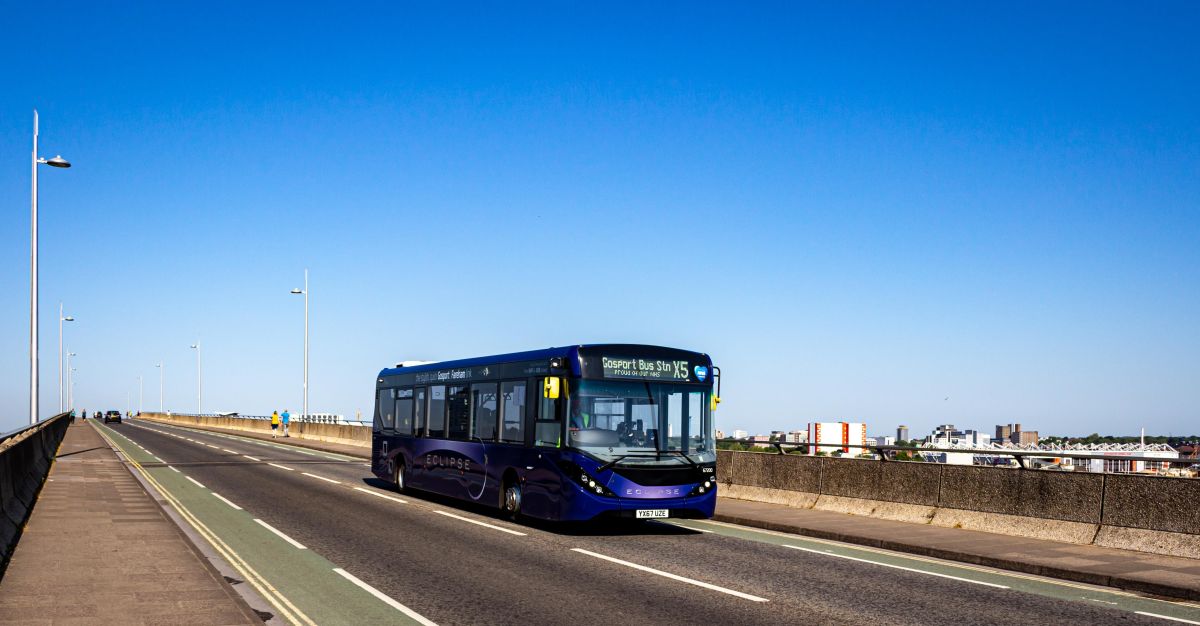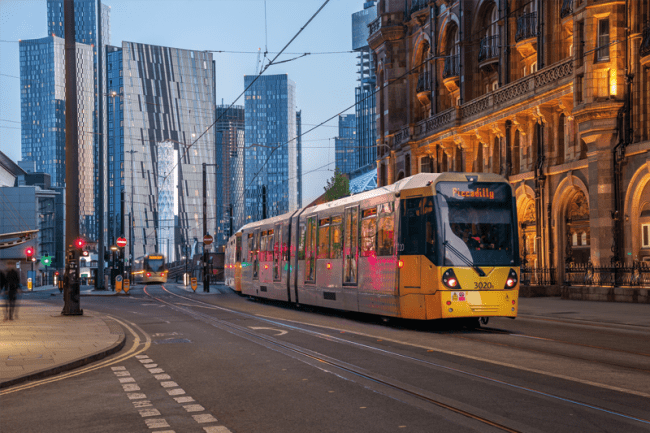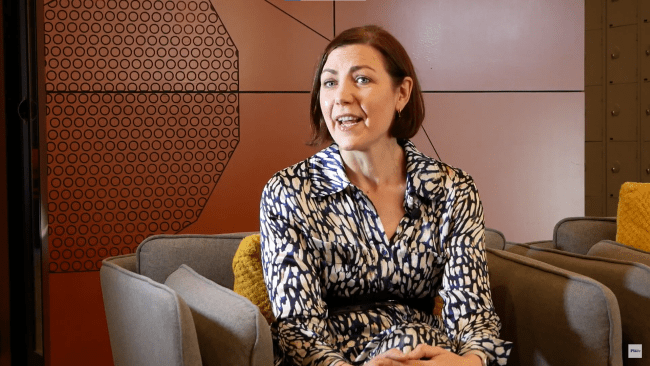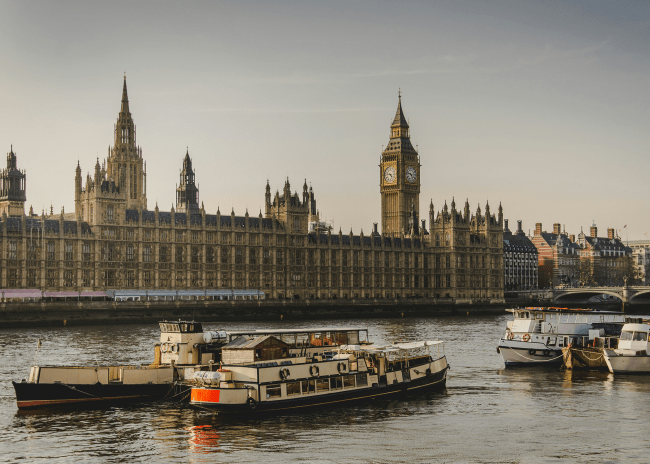Funding challenges facing bus and light rail in the UK
Covid has led to unprecedented impacts on the way we travel.

Covid has led to unprecedented impacts on the way we travel. The decision to ‘lockdown’ society and, as part of that, advise people not to travel by public transport led to a precipitous decline in the use of the UK’s buses, light rail and the national rail networks. Within days of the lockdown being announced at the end of March 2020, patronage dropped to a fraction of its pre-Covid levels. To keep public transport services operating, the UK Government had to step in and provide financial support. Patronage has recovered but is still some way below pre-pandemic levels. The UK government’s funding support for bus and light rail services in England outside London is scheduled to come to an end on 5th April 2022.
In March 2021, the UK Government published Bus Back Better, which is the national bus strategy for England. Recognising the economic, environmental and societal benefits that the bus brings, the strategy’s central aim is to get more people travelling by bus – first, to get overall patronage back to its pre-Covid-19 level, and then to exceed it. These goals have been reiterated in the Government’s recent Levelling Up White Paper, which sets a goal that by 2030 local public transport will be significantly closer to the standards of London, which means more frequent, more reliable, easier to understand and use, better co-ordinated and cheaper services than people experience now. Integral to the Bus Back Better agenda are “Enhanced Partnerships” between councils and bus operators, which will set out how they will work together to grow patronage and “Bus Service Improvement Plans”, which include councils’ proposals to improve bus services through greater bus priority and the like.
The Urban Transport Group, the representative group of transport authorities for the largest city-regions in the UK, asked Steer to consider what might happen should funding support for buses and light rail outside London comes to an end at the beginning of April. What we found is that patronage is still recovering. We think that bus travel in the largest cities outside London could get back to around 85% of its pre-Covid levels by Summer 2022. But for this to happen, services need to be maintained. Should funding support come to an end at the beginning of April, it is likely that there will be a shortfall between the bus operators’ revenues and their costs and if this happens, the way operators have responded in the past has been to reduce services and increase fares. Light rail operators face similar challenges. The report’s findings were also discussed on the BBC’s Newsnight programme on 17 February 2022.
If services are reduced and fares increased, there will be further negative impacts on patronage that will lead to a further deterioration of services – the so-called vicious circle of decline. Using Urban Transport Group’s Metropolitan Bus Model, we assessed this impact to be potentially as great as the longer terms impacts of Covid restrictions with patronage declining to around 70% of its pre-Covid levels and the network to about 75% of its pre-Covid size.
Such an outturn would be a major setback to the Government’s Bus Back Better and Levelling Up White Paper ambitions. Our prescription is to continue financial support and we suggest for another year. Further funding would allow time for further recovery of demand. It would give also give local transport authorities across the country time to get their Enhanced Partnerships in place and re-focus their Bus Service Improvement Plans to support post-pandemic recovery. It would allow time for there to be a debate about how in the medium to long term, the public sector supports public transport provision with the goal of levelling-up and decarbonising the country’s transport network and supporting other wider economic, social and environmental policy goals.
The Steer 'Continuing COVID Funding Support for Urban Public Transport' report can be downloaded from Urban Transport Group’s website.





















